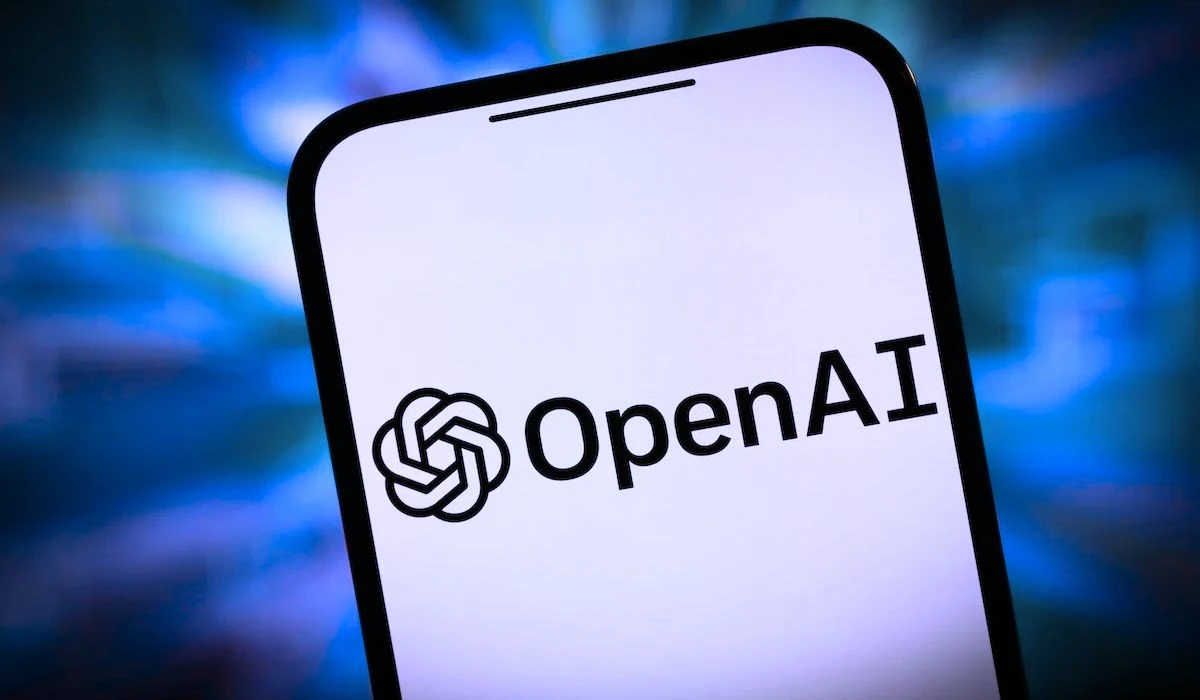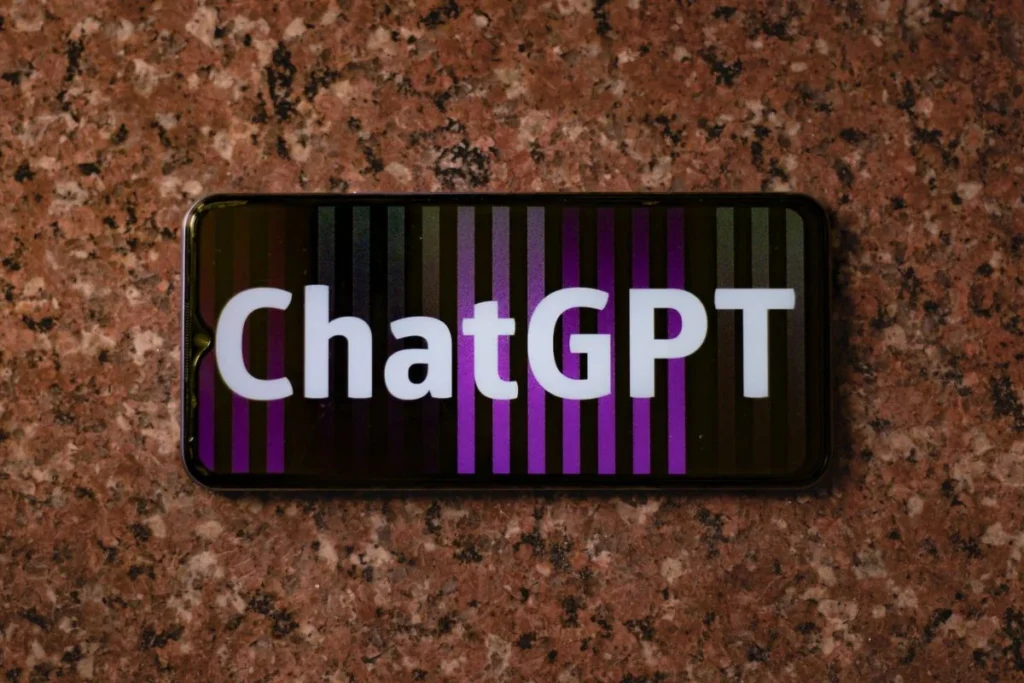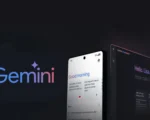Enhanced Accessibility: ChatGPT Introduces Audio Response Feature for Improved User Experience

Cross-Platform Accessibility: Read Aloud Feature Now Supported on ChatGPT Android, iOS, and Web Platforms
ChatGPT, the AI-powered chatbot developed by OpenAI, has unveiled a groundbreaking accessibility feature aimed at enhancing user experience for the visually impaired community. This innovative addition, termed the Read Aloud feature, allows ChatGPT to audibly articulate its written responses, providing an invaluable resource for individuals with visual impairments. Unlike the previously introduced voice chat feature in September 2023, which focused on real-time voice interactions, the Read Aloud feature leverages the AI model’s multimodal capabilities to facilitate text-to-speech functionality, offering a seamless and intuitive user experience.
The announcement of the Read Aloud feature was made via a post on the official OpenAI account on X (formerly known as Twitter). The post detailed the mechanics of accessing the feature on both iOS and Android platforms, instructing users to tap and hold a message before selecting the “Read Aloud” option.
Additionally, users accessing ChatGPT via the web client can utilize the feature by clicking the designated “Read Aloud” button situated below the message. Accompanying the announcement was a demonstrative video showcasing the functionality of the Read Aloud feature, further elucidating its utility and ease of use.
Furthermore, it’s noteworthy that the Read Aloud feature is available across all platforms supported by ChatGPT, including its Android and iOS apps, as well as the web client. This inclusive approach ensures that users across diverse devices and operating systems can benefit from the accessibility enhancements offered by ChatGPT.

Moreover, the Read Aloud feature has been integrated into both ChatGPT 4.0, powering the premium ChatGPT Plus version, and ChatGPT 3.5, accessible for free to users. With support for 37 different languages, the feature underscores ChatGPT’s commitment to inclusivity and accessibility, enabling users worldwide to engage with the chatbot effortlessly and effectively.
While it appears to be similar to the voice chat feature, it is a different use case of the text-to-speech functionality. In voice chat, users can only verbally speak and listen to the responses, and cannot see the text unless the conversation has ended. In contrast, with this feature, the mode of communication remains text only, and users can pick and choose which messages to listen to. It can be used if a user is busy and cannot look at the screen to read a long response, or the visually impaired who are unable to read in a given moment.
OpenAI appears to be working on multiple new features. An earlier report claimed that the Android app of the chatbot could soon get a home-screen widget. The widget comes with shortcuts to send text messages, upload or send images, voice query, or start a voice chat.




















